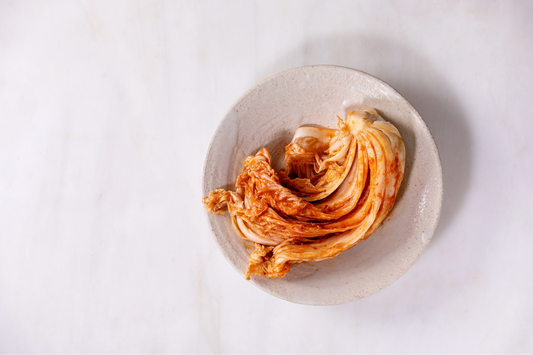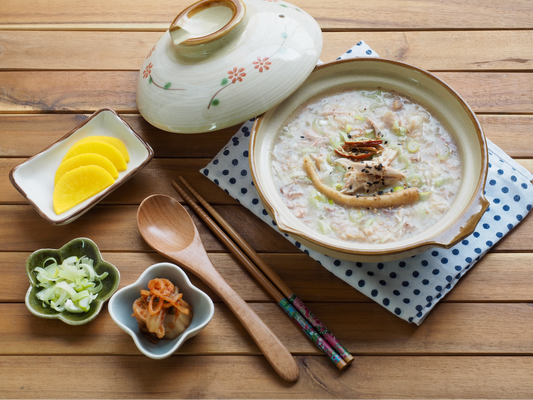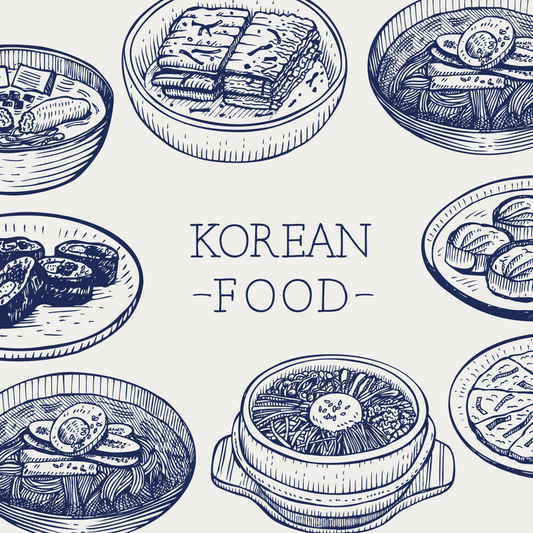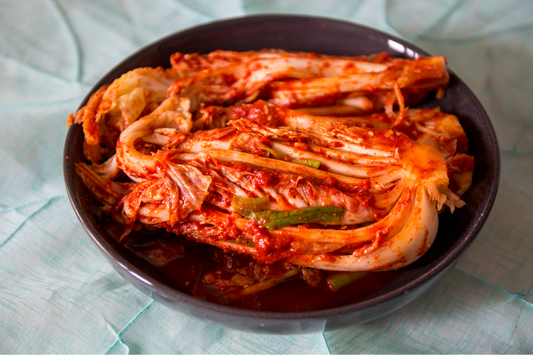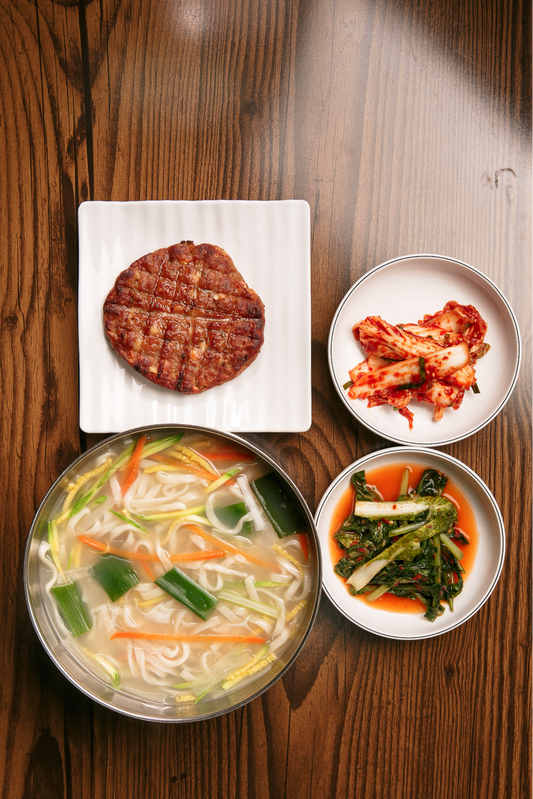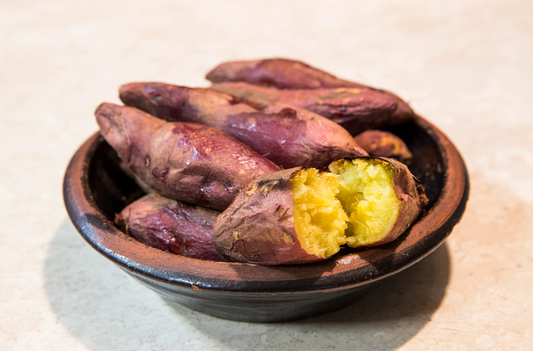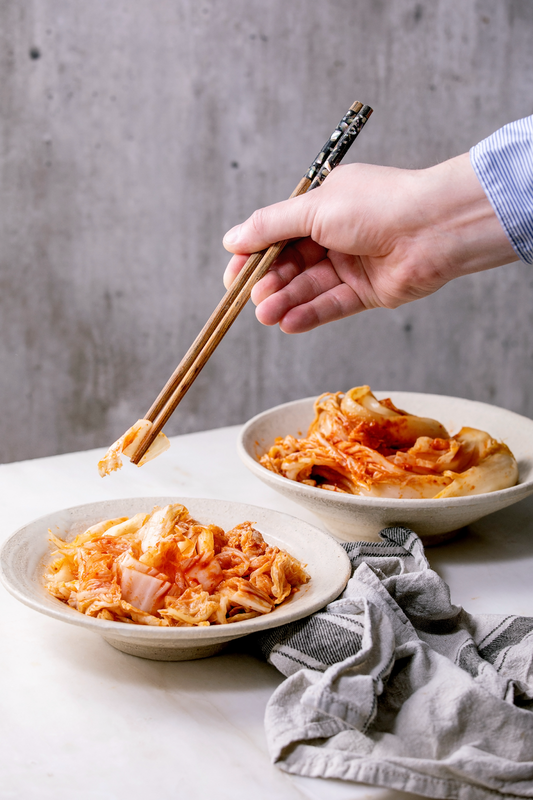Kimchi is more than just food in Korea; it's a tradition. Each region in Korea brings its own flavor to kimchi. It's famed worldwide for its unique taste. Ever thought about the regional characteristics of kimchi? These variations show Korea's cultural history and food diversity. From Seoul's busy streets to the calm of Jeju Island, every area has its own kimchi recipe. This makes a rich variety of kimchi by region. It shows the diversity of kimchi, shaped by the weather, local crops, and cooking history.
Key Takeaways
- Kimchi varieties in Korea are deeply rooted in local traditions, embodying distinct regional characteristics of kimchi.
- Studies show that Korean commercial kimchi contains higher mineral, free sugar, and free amino acid contents compared to those from China and the United States.
- Koreans take pride in the antioxidant properties of their kimchi, with beneficial bacteria like Leuconostoc and Weissella more abundant in their national product.
- The diversity of kimchi in Korea is evident in the existence of over 100 variations, each a vivid expression of Korea's rich food culture.
- Regional preferences impact the amount of key ingredients such as fish juice and chili powder, giving each kimchi by region its unique taste and texture.
- Clinical studies endorse kimchi as a probiotic food rich in lactic acid bacteria that confer numerous health benefits.
- International variations, such as those found in Indonesia, can be less spicy and sour, highlighting the localized adaptations of this traditional Korean food.
Seoul Kimchi
In South Korea's bustling heart, Seoul kimchi shines with refined, harmonious flavors. It shows the sophisticated tastes of Seoul's people. This kimchi version is loved at royal feasts and in modern kitchens alike. It blends rich traditions with the city's modern flavors.
Characteristics of Kimchi in Seoul
Seoul-style kimchi is mildly spicy, different from other types across Korea. It's known for using less seasoning. This version favors light shrimp paste and fish sauces. These add deep umami taste without being too strong. This approach aims to enhance, not overpower, the main ingredients.
Traditional Recipe for Seoul-Style Kimchi
Making Seoul-style kimchi is both art and science. You need the right ingredients and timing for the best mix of flavors. It mainly uses baechu (Napa cabbage), spiced with chili, garlic, ginger, and scallions, and fish sauce adds umami. While recipes may vary slightly, the traditional essence remains cherished through time.
In Seoul, kimchi recipes classes focus on baechu kimchi. They teach the technique and the dish's cultural value. These classes are for beginners and culinary pros. They offer practical training, showing both old and new kimchi-making methods.
At a professional kimchi recipes class in Seoul, you make several kimchi types. They also give a certificate, proving your skill in Korean cooking. These classes cover kimchi's cultural and culinary importance, ending with making and enjoying kimchi-jeon (kimchi pancake).
To conclude, Seoul kimchi stands out for its unique taste and preparation. It highlights traditional kimchi while embracing Seoul's modern tastes. This kimchi is a delicious symbol of the city's culinary history and ongoing innovation.
Gyeongsang Province Kimchi
In South Korea, Gyeongsang Province kimchi is known for its bold tastes and complex making steps. It's unique among South Korea's many kimchi varieties. It's loved for its rich spices and local touch.
Characteristics of Kimchi in Gyeongsang Province
The kimchi characteristics in Gyeongsang Province are marked by a bold garlic flavor and lots of chili. This makes it spicier and more aromatic than other types. It's also a bit warmer with plenty of salt and chili.
This mirrors the local taste for intensity and heat. Gwangju's influence, a place known for top ingredients and cooking excellence, is evident in this kimchi style.
Unique Ingredients and Recipes for Gyeongsang Province Kimchi
Looking into Gyeongsang Province kimchi recipes, there's more garlic and chili. This fits the local love for strong flavors. The recipes also consider the climate’s effect on fermentation.
Gwangju's study on fermentation adds insight into the unique tastes. Plus, the Gimjang tradition, recognized by UNESCO, is key to the cultural and culinary identity here. Each kimchi batch carries history and community spirit, showing Gyeongsang Province's rich culinary scene.

Jeolla Province Kimchi
Jeolla Province is known for its amazing regional fermented foods. Among these, Jeolla Province kimchi is very famous. It's a mix of tradition and local tastes, creating bold flavors. These flavors are key to Jeolla's culture.
Characteristics of Kimchi in Jeolla Province
The kimchi from Jeolla Province is unique. It's known for its use of fish sauces, especially from anchovies. These sauces add a rich, savory taste. They also help the kimchi ferment to get a deep flavor. Jeolla kimchi looks a bit cloudy due to these tasty seasonings.
Distinctive Recipes of Jeolla Province Kimchi
In Jeolla, kimchi recipes include extra ingredients. They add mustard greens and other bitter veggies. This mix creates a complex taste. The Jeolla Province kimchi shows the area's culture. It's a big part of Korea's regional fermented foods.
Trying Jeolla kimchi opens up the world of Korean food. It shows how local flavors change the food experience. It's a great way to understand Korean cuisine.

Gangwon Province Kimchi
The unique taste of Gangwon Province kimchi comes from its special location. This place is a mix of the sea and mountains. Cities and counties in this area use local stuff to make kimchi. This kimchi isn't just keeping tradition alive. It's also a showcase of what makes the region different.
Characteristics of Kimchi in Gangwon Province
Gangwon Province kimchi is known for being lighter and not as spicy. It's made with fresh veggies and seafood. With less seasoning, you really taste the natural flavors. This creates a kimchi that's both tasty and simple.
Ingredients and Recipes for Kimchi from Gangwon Province
In Gangwon Province, they really like using buckwheat. This makes their dishes, like Makguksu, have a unique texture. They also use fresh cabbages, spring onions, and radishes. Seafood, especially squid in Ojingeo Sundae, is key. All these ingredients are carefully mixed. This shows their care in making a kimchi that's truly from Gangwon Province.

Jeju Island Kimchi
The unique traits of Jeju Island kimchi are not just about where it's from. They show the deep mix of local ingredients and food-making ways. On Jeju Island, kimchi uses the island's rich natural gifts. It mixes vegetables with lots of local seafood. This makes it really different from other types of kimchi in Korea.
Characteristics of Kimchi from Jeju Island
Jeju Island kimchi is known for its mild yet deep flavors. It's different from the stronger, hotter kinds on the mainland. A big reason for its unique taste is the use of fresh local fruits like hallabong. This citrus adds a light sweetness to the dish. The dish has less garlic and chili. This lets the main ingredients for Jeju kimchi stand out. It ends up being crisp and refreshing. It goes well with the island's seafood-heavy meals.
Unique Ingredients and Recipes for Jeju Island Kimchi
To really get Jeju Island kimchi right, picking the right ingredients is key. Old recipes used luxury seafood like abalone. This made the kimchi rich and complex but not too strong. Today's recipes mix old and new ways. They do this to keep up with modern tastes while honoring old traditions. For example, "HanlaBong Kimchi" uses Jeju's famous citrus. This makes the flavor stronger and blends old and new tastes in every bite.
Visiting Jeju brings many discoveries beyond just seeing sights. From Oedolgae Rock to Manjanggul Cave, the island's food culture adds more to the journey. Trying dishes with black pig and fresh seafood, or different types of regional kimchi, gives a rich experience. Jeju offers a deep learning experience not just through sights but also through tastes.
Protecting Jeju's food traditions is crucial. It not only keeps Jeju's unique food ways alive but also opens a window to the island’s rich history and community through food. Food here tells stories of nourishment, history, and togetherness.

Variations of Kimchi Around the World
Kimchi has made a name for itself worldwide, turning into many new forms outside Korea. Local flavors and traditional methods mix to birth global kimchi variations. Countries from Japan to the U.S. have made this iconic dish their own. It shows how food can bring the world together through taste and adaptability.
Kimchi Variations in Different Countries
In Japan, kimuchi is made to suit those who like it less fermented, offering a crunchier bite. It mirrors Japan's love for quick pickles, yet keeps kimchi's signature taste. The U.S. food scene, meanwhile, has given rise to fusion kimchi in the U.S. This version adapts kimchi with new veggies and mixes it into classic American meals, adding a unique spin.
The spread of global kimchi variations highlights its worldwide appeal and the sharing between cultures. You'll find the classic sour and spicy Napa Cabbage Kimchi and milder, sweet White Kimchi. There's also Kkakdugi, Oi Sobagi, and even vegan Korean Buddhist-style Baechu Kimchi among these international creations.
Watching kimchi evolve as it crosses borders is truly captivating. Communities around the globe have welcomed it, tailoring versions to fit their tastes and ingredients. From bubbly Radish Water Kimchi to hearty Wrapped Kimchi, these variations uphold Korea's treasured food heritage. They offer a rich mix of tastes, reflecting the deep and diverse world of kimchi.
FAQ
What are the regional characteristics of kimchi in Korea?
Kimchi in Korea changes depending on the area. Seoul kimchi balances flavors with less shrimp and fish pastes. In Gyeongsang Province, kimchi is known for its strong garlic and chili taste. Jeolla Province's kimchi uses lots of fish sauces and seasonings.
Gangwon Province's kimchi is simple with few seasonings. Jeju Island kimchi uses local seafood but less chili and garlic. This highlights the natural tastes.
What are the traditional ingredients for Seoul-style kimchi?
Seoul-style kimchi uses Napa cabbage, daikon radish, and spring onions. It's seasoned with chili powder, fish sauce, garlic, and ginger. It may also include shrimp or fish paste for flavor, but it's not too strong.
What makes Gyeongsang Province kimchi unique?
Gyeongsang Province kimchi stands out because of its strong taste and use of garlic and chili. These ingredients are used more, giving it a deep and spicy flavor.
How does Jeolla Province kimchi differ from other regions?
Jeolla Province kimchi uses many fish sauces, especially from anchovies. This gives it a deep flavor and a cloudy look. It also has various ingredients, making its kimchi styles unique.
What is characteristic of Gangwon Province kimchi?
Gangwon Province kimchi is simple and light. It focuses on the natural tastes of lightly salted vegetables and seafood. The local food preference is for subtle and fresh flavors.
What makes Jeju Island kimchi stand out?
Jeju Island kimchi uses the island's rich seafood, like abalone. It has fewer seasonings, letting the ingredients' natural flavors shine. It celebrates Jeju's culinary traditions.
How does global kimchi vary from traditional Korean kimchi?
Global kimchi changes in vegetable types, fermentation levels, and local tastes. Japan's kimuchi is less fermented, similar to lightly pickled vegetables. In the United States, fusion kimchi blends local veggies with Korean seasonings tailored for American tastes.




